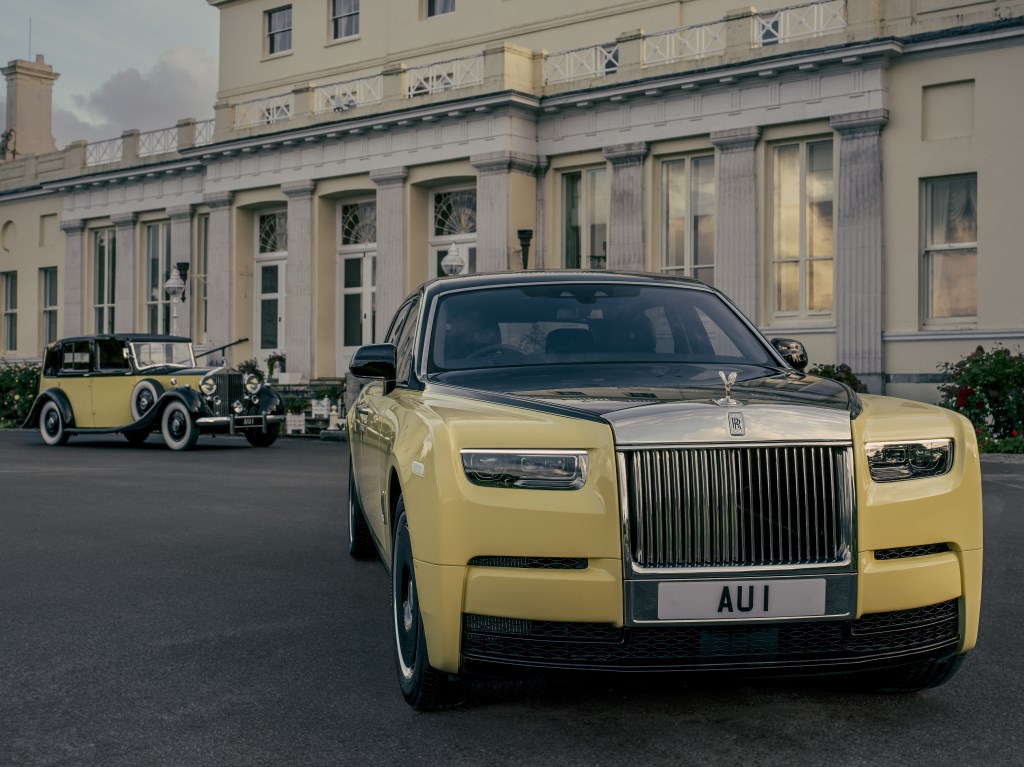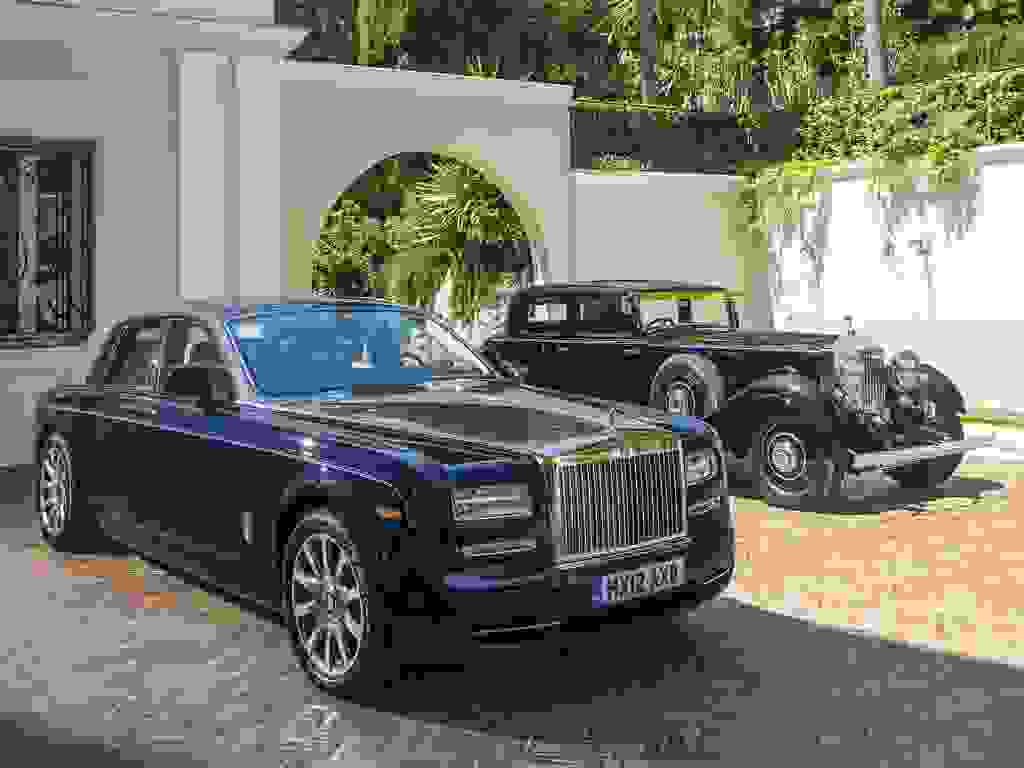
Since its creation in 1925, the Rolls-Royce Phantom has become one of the most iconic symbols of automotive luxury. Designed to meet the expectations of the richest and most powerful, this prestigious saloon has stood the test of time without ever being outdated.
Launched in 1925, the Rolls-Royce Phantom I was designed to replace the Silver Ghost model, which had been a benchmark in the luxury market since 1906. Equipped with a 6-cylinder, 7.7-litre engine, the newcomer was sold as a chassis that could be bodied as desired. When it came out, it was welcomed by a prestigious clientele, from aristocrats to celebrities, and quickly became a status symbol.
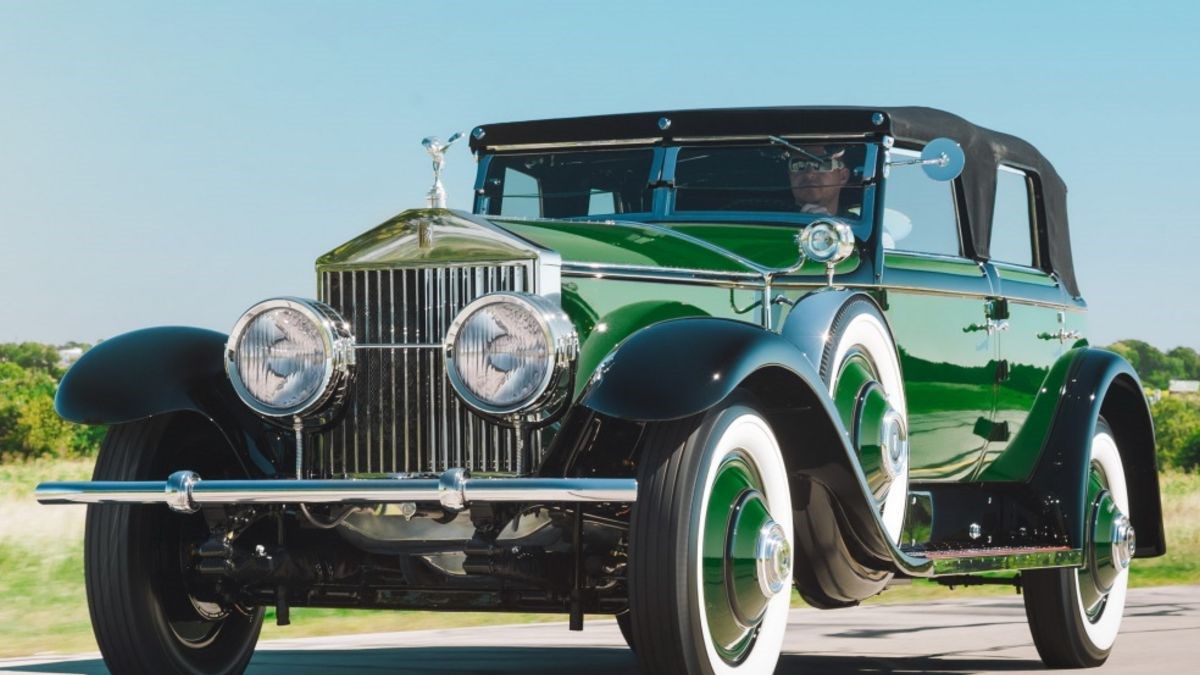
Evolution
The Phantom II, launched in 1929, was an improved version of the Phantom I. Although the engine was slightly modified and the general appearance had evolved with the times, it was above all on the ride and comfort that Rolls-Royce made its efforts. The Phantom II was renowned for its smooth evolution and elegant lines. However, with the success of the American competition, which offered 8- and 12-cylinder engines, Rolls Royce had to raise the bar even higher.
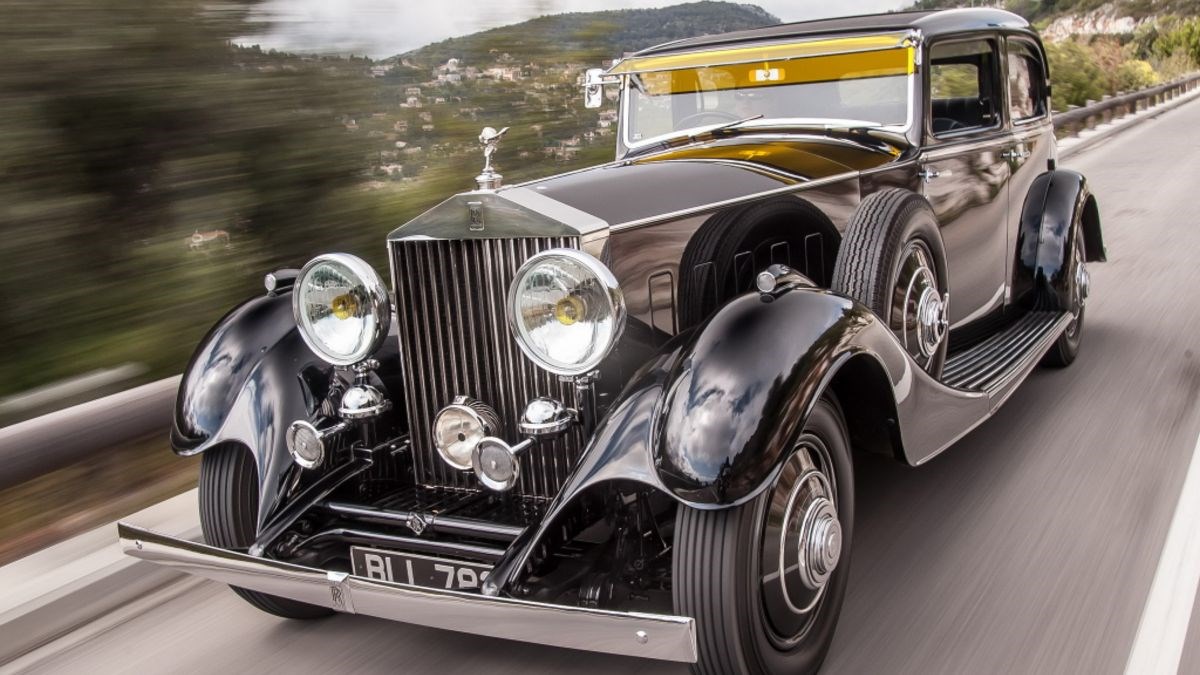
On bidding
In 1936, the brand launched the Phantom III, which marked a technological turning point for Rolls-Royce. The first model to be equipped with a V12 engine, the Phantom III offered unprecedented performance and smoothness. However, due to the global economic crisis of the time and the difficulties associated with producing these complex engines, only limited numbers of this model were produced until the outbreak of war.
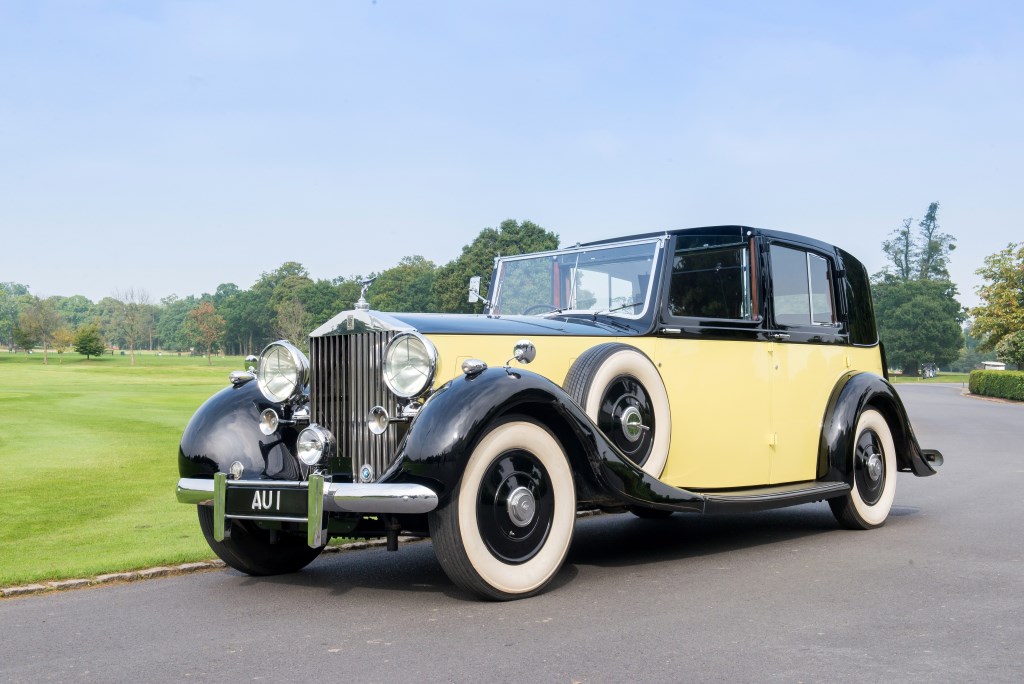
The rarest
After the Second World War, Rolls-Royce developed the Phantom IV in 1950. This model was the rarest of the line, as only 18 examples were built, most of them for members of the British royal family and heads of state. Under its bonnet was a particularly discreet 5.7-litre V8 engine.

End of an era
The Phantom V was launched in 1959. This saloon could be fitted with bodies made both by the marque's in-house coachbuilder, Park Ward & Co, and by other firms such as James Young Ltd and H. J. Mulliner & Co. After 13 years and 832 examples, the Phantom V evolved into the Phantom VI. Still built by hand, the Rolls-Royce is a celebration of the brand's expertise. Most of the 374 examples are limousines with bodywork produced in-house. The last Phantom VI, an imposing landaulet version, was delivered to the Sultan of Brunei in 1993.

A new era with BMW
The history of the Rolls-Royce Phantom entered a new era at the end of the 1990s. After a period of financial turbulence and a series of ownership changes, Rolls-Royce was bought by the BMW Group in 1998. This marked the start of a new era for the brand, which decided to relaunch the Phantom in 2003. The Rolls-Royce Phantom VII was a major turning point for the brand. This new generation was equipped with a 6.75-litre V12 engine, developed by BMW, which offered exceptional performance while respecting the brand's standards of comfort and luxury. The Phantom VII's design was both modern and faithful to the classic lines that had made the car such a success. The Phantom VII quickly became a benchmark model in the world of luxury, attracting celebrities from all over the world.
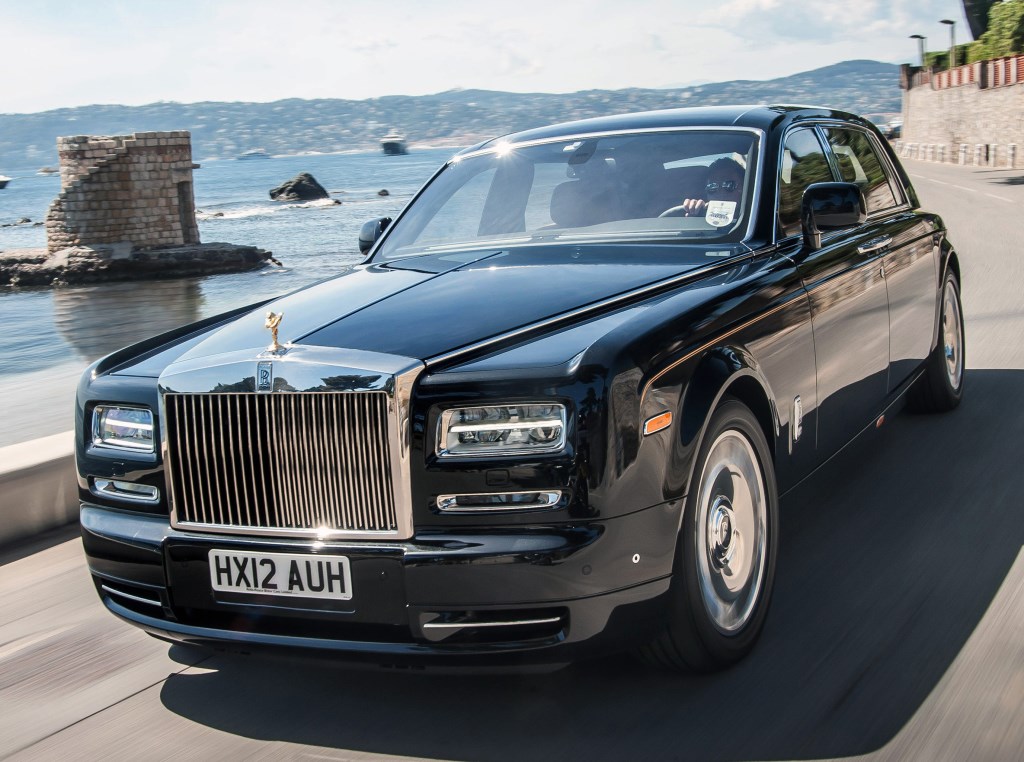
Confirmation of success
In 2017, Rolls-Royce unveiled the Phantom VIII, an even more modern and refined version of the iconic saloon. This model is built on an all-new platform, developed specifically for this car. The engine, a 6.75-litre V12, is still at the heart of the car, but it has benefited from the latest technologies in terms of performance and efficiency. The Phantom VIII represents the pinnacle of British automotive craftsmanship, with attention paid to every detail, from the architecture of the bodywork to the exceptional interior materials, such as leather, precious woods and metal elements. All of which, of course, can be customised to suit individual tastes.
